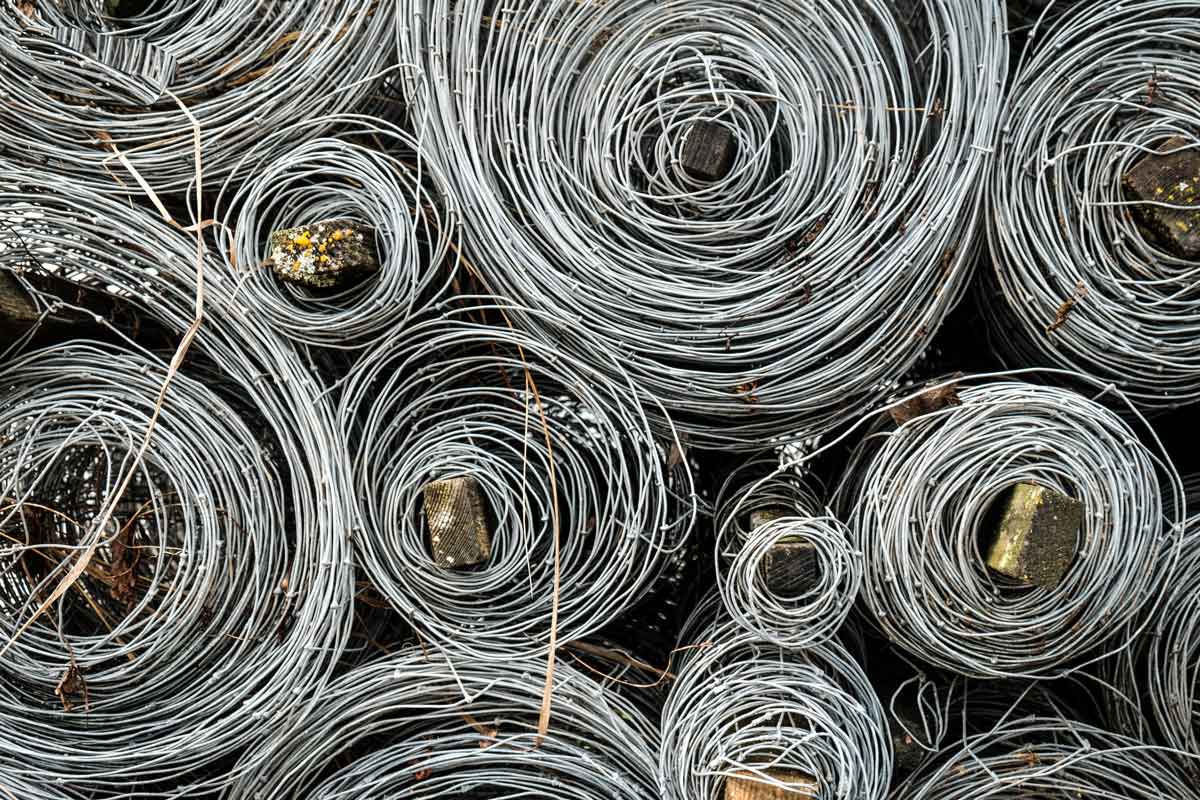Nickel plating is a process through which a layer of nickel is deposited on a substrate as an electrolyte.
Nickel plating can be done for any of the following reasons:
- To enhance magnetic properties
- For resistance against wear and tear
- Corrosion resistance
- To enhance hardness
- To improve lubricity
For engineering purposes, nickel comes in a dull gray color and is smooth in appearance. There are different types of nickel, either matte or bright, and both of these are highly resistant to corrosion. Nickel also comes in handy when used as an under-plate for high-value metals like silver and gold, because it creates a barrier to diffusion. Therefore, no substrate can penetrate into the top coating.
Parts that are processed with a nickel-plating layer will maintain the brightness and surface appearance for a very long time.
Engineering nickel can also be used in many applications that aren’t necessarily decorative. Decorative nickel, on the other hand, is brighter, and can be used in hand tools, motor industries, and household tool industries.
Nickel plating is simply a process where a coat of nickel is added onto a given metal. This can, therefore, be used to refer to electroless nickel plating or nickel electroplating. Nickel electroplating is a process where a thin nickel layer is added onto a metal.
Electroless nickel plating, on the other hand, is an automatic catalytic reaction that’s used to deposit a layer of nickel on a specified substrate. In this process, there’s no need to pass an electric current through this solution in order to create the deposit.
There are several benefits of electroless nickel plating over electroplating. First, the process is free from flux density, and you don’t have to worry about the constraints of having or consuming too much power.
Apart from that, regardless of the geometry of the metal in question, this process guarantees you an even deposit of nickel plating. Therefore, it’s ideal even for non-conductive surfaces.
Nickel plating can be done to most, if not all alloys and pure metals.
Some of the substrates that are used in this process include the following:
- Plastics
- Aluminum and zinc alloys
- Brass
- Copper alloys
- Copper
- Low alloyed steel
- Alloyed steel
The process is done by depositing nickel electroplate on the products. They are inserted into an aqueous solution of nickel salts. The product becomes the cathode, and to complete this circuit, nickel anodes are used. The nickel anodes dissolve in the course of plating, and maintain the concentration of nickel metal in the solution.
For aesthetic purposes, organic additions can be included. This can bring forth results ranging from semi-bright to matte.
The following are some of the common nickel-plating baths that can be used for this process:
- Fluoroborate
- Chloride
- Sulfate
The type of nickel-plating bath that will be used often depends on the properties that you want for the resulting deposit. One of the main reasons why nickel plating is used as a base plating layer is because it provides the best adhesion between different layers, and can also have a leveling effect on imperfections and defects that might have been present in the base material.




It was really interesting to me when you mentioned that nickel plating is a simple process. As far as I know, metal coatings are used to prevent corrosion. Preventing corrosion is important so that metal doesn’t break down over time.